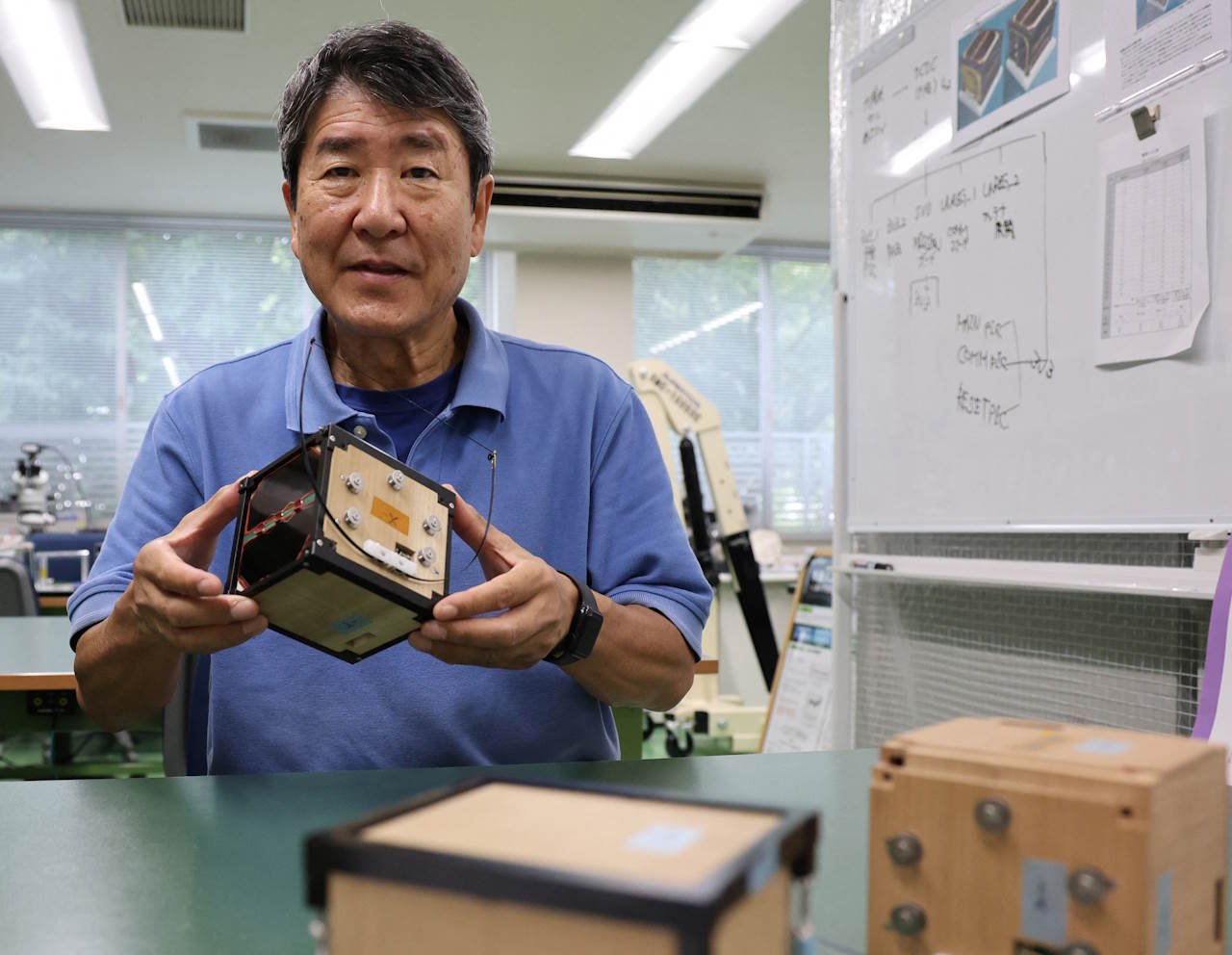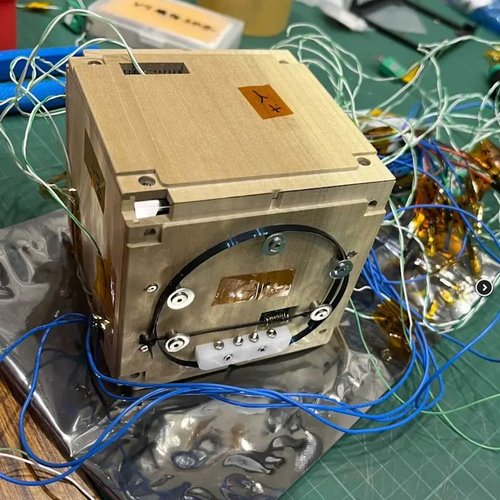The first wooden satellite was launched into space

How sustainable is a satellite made of wood?
The LignoSat satellite began to be developed in 2020 by researchers from Kyoto University together with the woodworking company Sumitomo Forestry. This year, researchers spent 10 months testing different types of trees on the International Space Station and found that the wood of one of the magnolia species growing in Japan is best suited for space.

The palm-sized satellite was made using a traditional technique that does not involve the use of glue or nails. As scientists note, wood in space is more stable than on Earth, because it is not destroyed by water and microorganisms. The satellite will deliver SpaceX's Falcon9 rocket, which was launched on November 5, to the ISS. After that, the satellite will be launched into orbit, where it will stay for half a year, and then burn up in the atmosphere.
Instruments inside it will measure the resistance of wood to conditions in orbit, where the temperature ranges from -100 to +100 degrees Celsius. In addition, the researchers will also evaluate the wood's ability to protect electronics from cosmic radiation, which could be useful for building data centers in space.
According to researchers, wood can be the leading material for building houses on the moon and Mars, and can also replace metal in SpaceX's Starlink satellites.